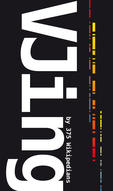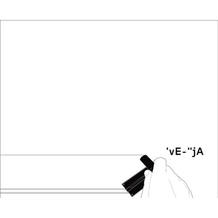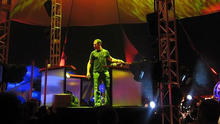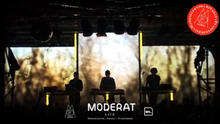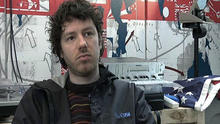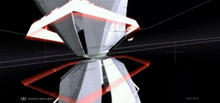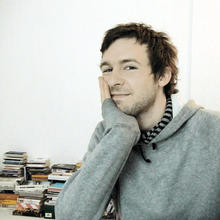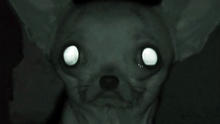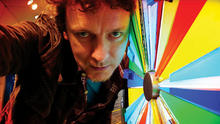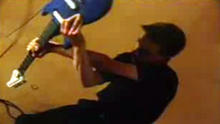VJam Theory
(2008)– Collective Writings on Realtime Visual Performance presents the major concerns of practitioners and theorists of realtime media under the categories of performance, performer and interactors, audiences and participators.
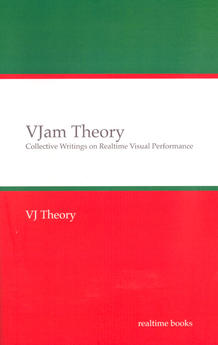
VJam Theory is a collaborative written project on realtime audiovisual media and performance. The volume is experimental in its attempt to produce a collective theoretical text with a focus on a new criticality based on practitioner/ artist theory in which artist/ practitioners utilize theoretical models to reflectively look at their practices.
This is the third of a series called Small Projects, organized by VJ Theory that aimed at providing an arena for discussion dynamics around subjects related to mediated realtime performance. Aims of Small Projects were to investigate the practices from within, using tools available to online communication, as emails, blogs and chat rooms.
The writing of the central body of text of VJam Theory developed throughout three months by three groups of invited artists/ thinkers that posted on one of three blogs dedicated to one of the following themes: The performer, Performance and Interactors, Audiences and Participators. The result is an intense reflection of thoughts, interests and experiences of the writers. The broad community interested in the subjects in discussion participated through comments tot he posts. These comments were moderated and required registration and constitute a complementary layer of text that enriches the experimental concept of the book.
Collective group of writers are: Camille Baker, Michael Betancourt, Steve Buchanan, Brendan Byrne, Ana Carvalho, Jeremy Hight, Masha Ioveva, Michelle Kasprzak, Ilan katin, Mia Makela, Sam Meech, Patrícia Moran, Eugenio Tisselli and Elsa Vieira.
Edited by VJ Theory. Published by realtime books.
Source: VJ Theory
ISBN: 978-0-9558982-0-4
